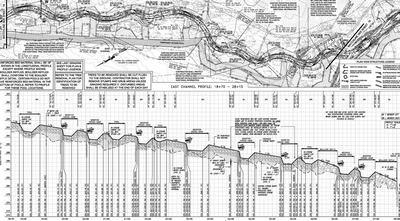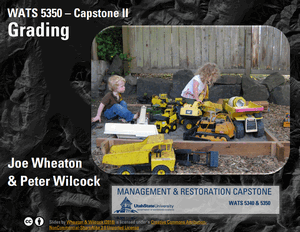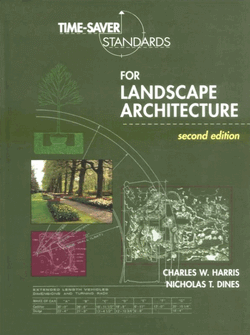Restoration Design - Grading Plan Project
Background
Synopsis of Topic
 Your primary project for the traditional restoration project this semester will be to produce a grading plan.
Your primary project for the traditional restoration project this semester will be to produce a grading plan.
Why we're covering it
To give you first hand experience in converting conceptual designs into actual grading and construction documents that can be put out to bid and an engineering contractor can read, interpret and build from for a real restoration project.
Learning Outcomes
- Gain direct experience applying knowledge as a watershed scientist to working on real-world aquatic ecosystem restoration and management problems (e.g. stream restoration, watershed management, wetland restoration) with practitioners.
- Build a working understanding of the typical process through which restoration projects are designed, constructed, evaluated and adaptively managed.
- Develop a working understanding of different aspects and approaches to restoration design and create two types of design and evaluate their ability to achieve project objectives. Articulate specific, testable design hypotheses for your own designs.
Resources
Homework & Exercises
Manual Grading Exercise (Part 1 - Week 1 of 2)
Manual grading exercise for week 1.
GIS Grading Exercise (Part 2 - Week 2 of 2)
GIS grading exercise for week 2.
Slides

Module 2 - Slides
Download Module 2 slides.
OLD - 2018-2020
Data for Designs
Logan River Task Force
Logan River Task Force project data.
2017-2018: Golf Course Reach GIS Data
Golf Course Reach GIS data for 2017-2018.
2018-2019: 600 West to 1000 West
600 West to 1000 West project data for 2018-2019.
Grading Guidelines

In class, I showed you Section 320 out of Harris and Dines (1998). You may find it a helpful resource for a variety of grading and site design tasks:
- Charles W. Harris & Nicholas T. Dines. 1998. Time-Saver Standards for Landscape Architecture 2nd Edition. McGraw Hill. 928 pp.
You may also find Strom & Nathan's (2013) Site Engineering for Landscape Architects helpful.
Also see:
- Matusik, J & Deible D. (2004) Chapter 24: Grading & Earthwork in Land Development Handbook. McGraw-Hill. pp 545-593.